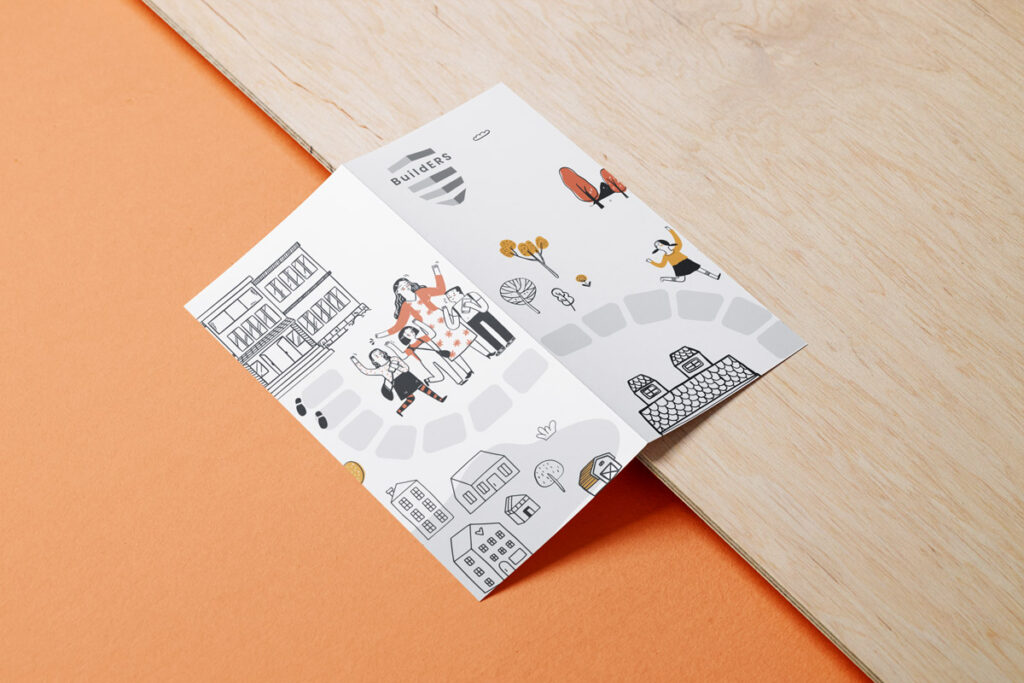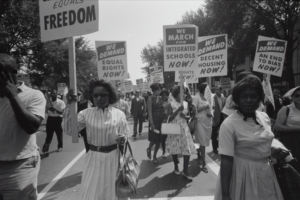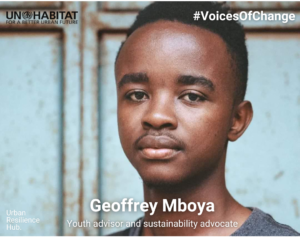In 2022 BuildERS project, funded under the European Union’s Horizon 2020 program has ended, with multiple outcomes. The project focused on developing tools and innovations that help towards the increase of social resilience and disaster-responsiveness and delivered actions and outputs on that regard in the past 3 years.
To mention some interesting results, BuildERS has managed to deliver several policy briefs on i.e. better disaster management, and inclusive risk and crisis communication; multiple factsheets based on research in the project; a Vulnerability Assessment Tool and a Natural Disaster Mapping Tool; Guidelines for collaborating with social media influencers; or a Training Course for Law Enforcement Agencies Officers.
From these results, we would like to introduce in more detail the BuildERS Board Game. This interactive game is designed to help enhance pupils’ preparedness and resilience in 4 different disaster scenarios: fire, earthquake, flood and pandemic. It is developed on 2 levels: the first level targets children between the ages 6 and 8, whereas the second level targets children aged 8 to 10. Based on this criterion, teachers have the freedom to select the version they need. The material can be found in 6 languages – English, German, Italian, Finnish, Hungarian and Estonian – and specific instructions to teachers are also provided.
The setting is the well-familiar boardgame fashion, where pupils (individually or in groups) complete certain routes with chosen characters, in the context of an imaginary town, Disaster Ville. Disaster Ville is a sweet settlement with average inhabitants who face hazards in their home from time to time. It is the players’ task to protect themselves and sometimes their family or peers from the crisis, all by moving on the board and answering questions/doing the challenges the teacher presents them with. These include pairing thematic cards (younger ages), relevant questions, actions and challenges (higher ages). After each task teachers should explain the right answers and solutions and discuss them with the children. These solutions are provided along with the explanation for the teacher or an informal group leader.
Having the “fire” scenario as an example, the players are the family, the doctors, the firefighters, and the fire. Players move across the fields on the board while completing tasks – pairing thematic cards, or addressing questions like “How to prepare your home for a potential fire? List at least 3 things” or challenges – “There is a fire in the school and one of your friend’s clothes catches on fire. Vicky helps by putting and tapping a blanket over her friends to put out the fire. Act out running for the blanket and tap the person lying on the floor whose clothes are on fire.”. The aim is to race with the fire character, and arriving with all the others (doctors, family, firefighters) to their destinations before the fire completes the path, hence avoiding disaster.
The game can be easily printed and assembled, so it is an affordable way for any school or an informal learning activity to add fun and educational content. The children can also color the printed game boards more and make them look like their own village/city. A larger number of pupils can be involved in one game, as they can be divided into 3-5 groups, instead of having 3-5 players only. The explanations and discussions facilitated by the teachers/facilitators are important in this game. Kids can acquire basic knowledge and skills on disaster management and preparedness from very early age and all through scenarios that are experiential, yet fun and engaging.






